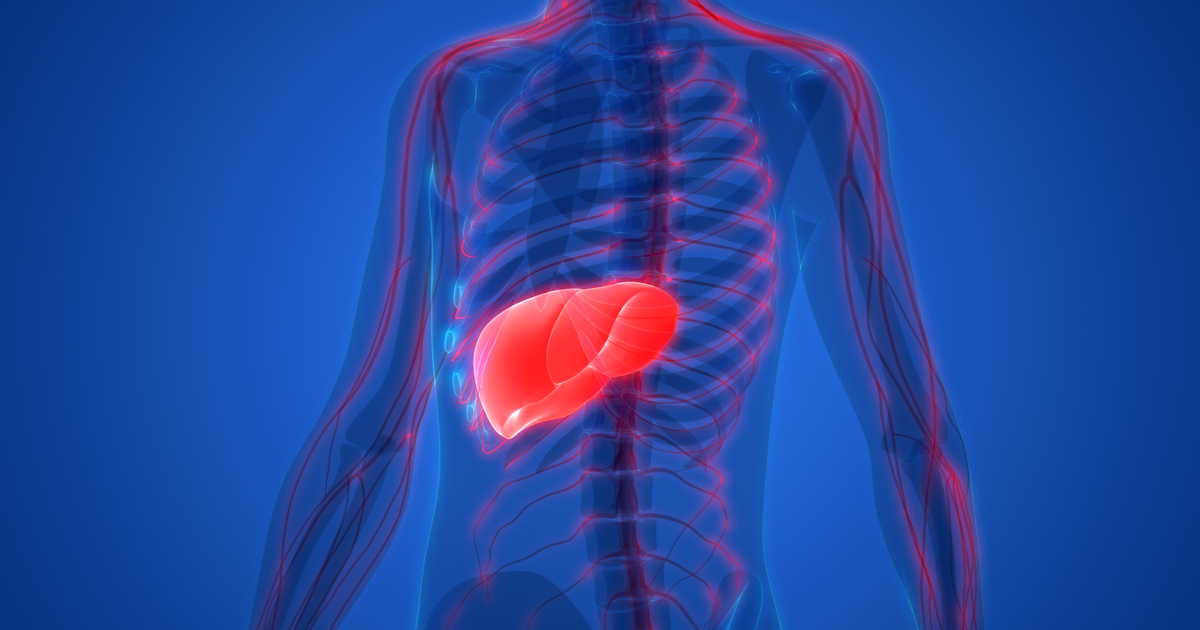What Are The Symptoms Of Biliary Atresia?
Biliary atresia, a liver condition, develops shortly before or after birth, and it occurs when the biliary system is missing or closed. This prevents bile (a liquid comprised of bile salts, cholesterol, bilirubin, and waste products) from draining properly out of the liver and into the small intestine. The bile accumulates in the liver, and this causes scarring and other damage that could progress to cirrhosis. To diagnose biliary atresia, doctors perform a physical exam to check for potential signs of liver damage. Blood tests are necessary, and patients might also need to undergo an abdominal ultrasound, HIDA scan, or liver biopsy. The primary treatment method for biliary atresia is a surgical procedure known as the Kasai procedure. Surgeons re-establish proper bile flow by connecting the small intestine directly to the liver. This operation generally has the highest success rate if it is performed within the first two months of an infant's life. While the procedure is successful in up to eighty percent of cases, it is not considered a cure for this condition, and some patients will need to have a liver transplant later in life.
The primary symptoms associated with biliary atresia are outlined below.
Jaundice

Jaundice refers to a yellow discoloration of the skin or eyes. This symptom generally occurs due to a buildup of bilirubin, a yellow-orange substance that is part of bile. In patients with biliary atresia, jaundice develops due to the absence or closure of the bile ducts and the resultant accumulation of bilirubin in the liver. While infant jaundice is fairly common and usually resolves, it typically persists in patients with biliary atresia for more than two weeks. Doctors check infants for jaundice by performing a visual inspection of the skin during a physical examination. They may gently move the patient's eyelids to check whether jaundice is also present in the eyes. Doctors will continue to monitor a patient's jaundice at regular intervals, and the symptom usually resolves with successful treatment for biliary atresia.
Keep reading to learn more about the symptoms of biliary atresia now.
Enlarged Liver

As fluid builds up in the liver, the organ may swell. To assess the liver size, doctors begin by performing an abdominal examination. During the exam, they gently tap and press on the area where the liver is located. This can give them an estimate of the overall size of the organ, and physicians will also check whether the liver feels harder than it should during the exam. To confirm the exact size of the liver, an abdominal ultrasound will be performed. This test helps visualize the liver and determine if there are any abnormalities in the organ or bile ducts. Patients with an enlarged liver sometimes present with an enlarged spleen, too. Doctors will check both organs during the physical exam and abdominal ultrasound.
Uncover more warning signs of biliary atresia now.
